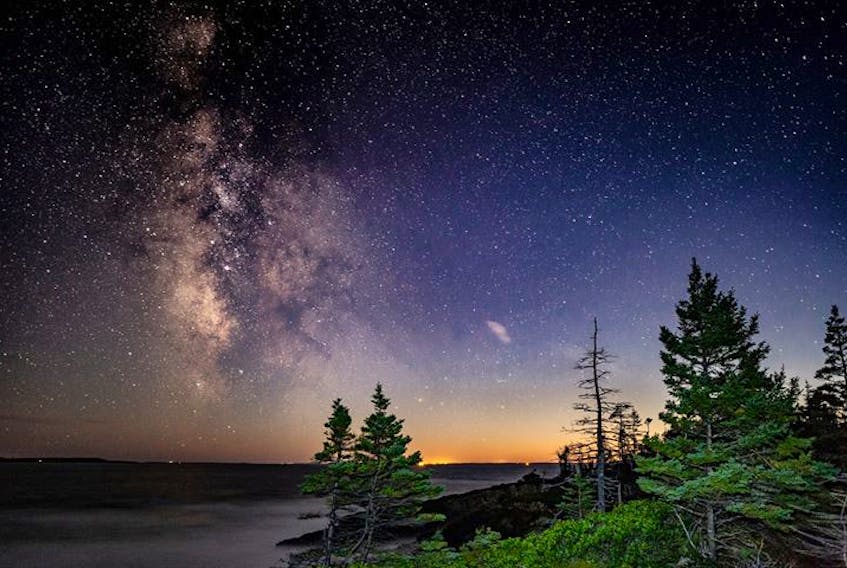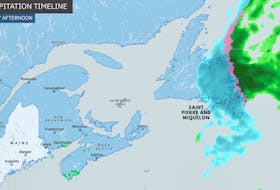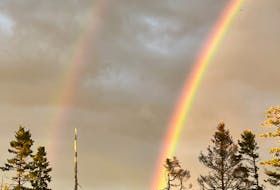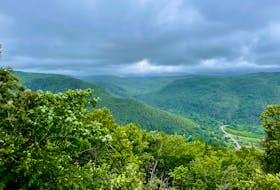We’ve had quite a few overcast nights this week, so I can’t say that I’ve seen the stars in a few days. But the last time I did, they were unspeakably brilliant.

A week ago yesterday I drove to Cape Breton to take in some Celtic Colours shows and Mother Nature’s spectacle at the same time.
We pulled into the parking lot at the Gaelic College in St. Ann’s on Cape Breton Island just after 9 p.m. When I got out of the car I did what I always do and looked up. The sight was jaw-dropping. Reaching across the late evening sky like a welcoming arm – the Milky Way! It had been years since I’d seen the Milky Way look like that.
As children, back on the farm, we would stretch out on the lawn after a long day in the field and look up. There, in our own little corner of paradise the night sky was as black as it could be – like a velvet stage where stars danced to the sound of silence. There was little or no light pollution in Bainsville. At the time, I believed everyone could just look up and see what I was seeing. I didn’t realize how blessed we were.
We are also very fortunate to receive amazing night photos from Barry Burgess. The one here was taken last Saturday in New Harbour, along Nova Scotia’s south shore; that magnificent Milky Way contains more than 200 billion stars and enough dust and gas to make billions more.
Did you know that until the late 1920s, astronomers thought all of the stars in the universe were contained inside of the Milky Way? Then, Edwin Hubble discovered a special star known as a “Cepheid variable,” that allowed him to precisely measure distances. That’s when astronomers realized the fuzzy patches once classified as nebula were actually separate galaxies.
You might recognize the name: the Hubble Space Telescope was named in his honour.
I encourage you to go seek out total darkness — it changes everything.
Cindy Day is the chief meteorologist for SaltWire Network.
- Want more weather information? Visit WeatherByDay.ca
- Have a weather question, photo or drawing to share with Cindy Day? Email [email protected]









